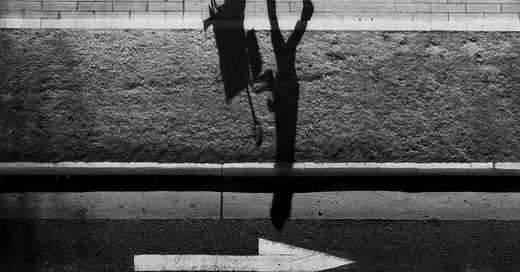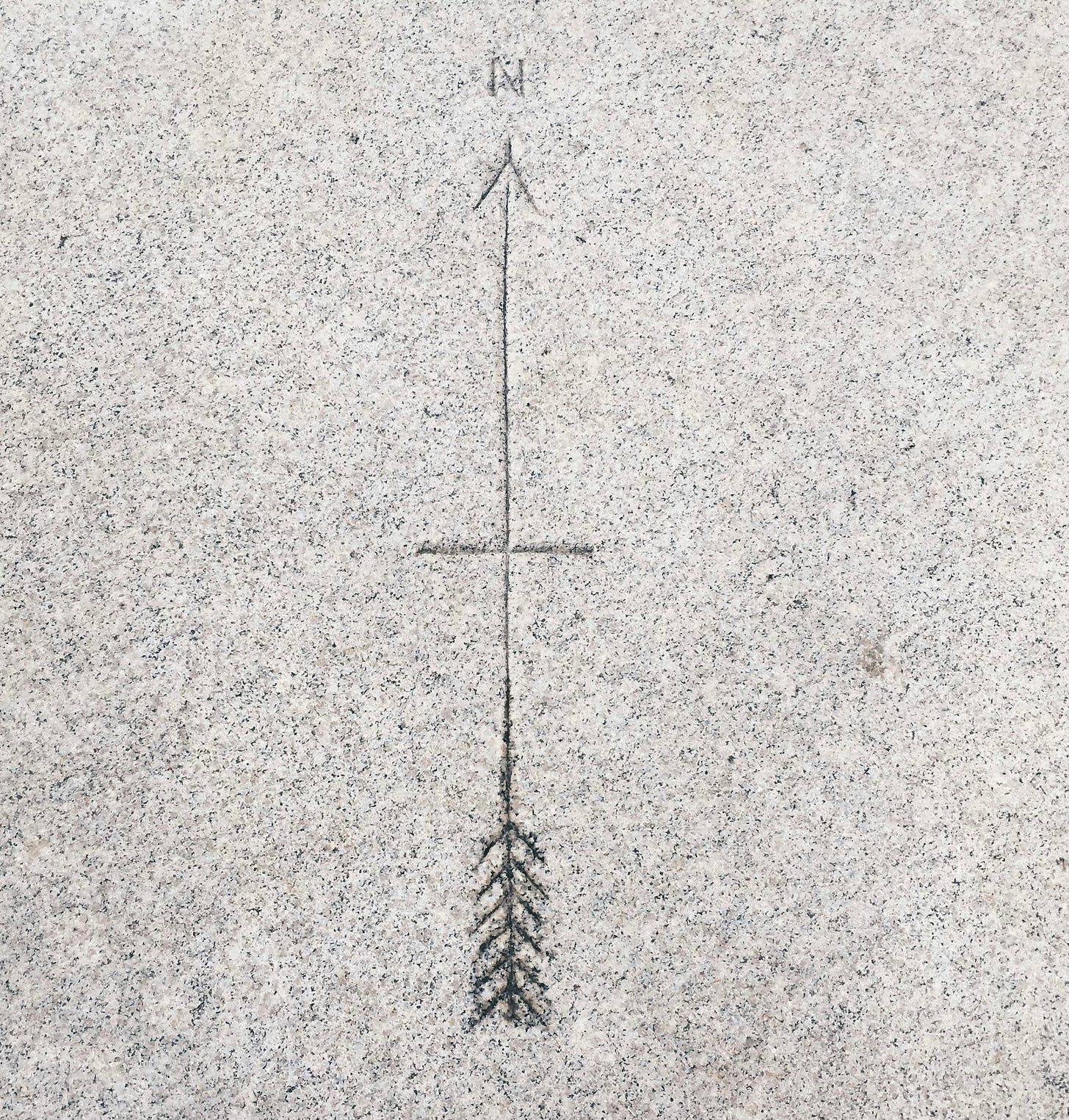‘In life, we can’t always control the first arrow. However, the second arrow is our reaction to the first. This second arrow is optional.’
The idea of the "Second Arrow" comes from a Buddhist parable. The first arrow represents a situation out of our control that creates a hardship we must endure. The second arrow refers to the unnecessary suffering we often inflict on ourselves during hardship when we blame or shame ourselves. Perhaps self-castigation has some ancient survival purpose, to ensure that we stay moldable and remain a part of the tribe. Now, it just causes us to suffer more than necessary. Not shooting the second arrow doesn’t mean we shouldn't learn from our mistakes or reflect on challenging experiences. But the point is that we frequently make things worse for ourselves unnecessarily.
What Does the Second Arrow Look Like?
You make a mistake, and instead of learning from it, you keep replaying it in your head—berating yourself, not to improve, but to punish.
Someone treats you poorly, and instead of letting it go, you start wondering if something is wrong with you or assuming that person dislikes you, even without evidence.
During hard times, you may feel isolated, thinking you're the only one who suffers this way, or worse, that you somehow deserve it.
Accepting Reality—It’s Tough, But It Helps
Life can be painful. There’s no avoiding it. Struggles, heartbreaks, and setbacks are inevitable. And part of our suffering comes from believing we shouldn’t have to go through them at all. But that belief is itself a second arrow. As Byron Katie once asked, "Who would you be without the thought that you shouldn’t be in pain?" This means you are in pain, and you think you shouldn’t be, which only adds to the suffering. This sounds harsh, but it illustrates how we make things worse in ways we don’t even realize.
Acceptance can lighten the load. We gain a sense of calm when we stop expecting life to be easy. We're not alone in this—no one is spared from hardship. As Pema Chödrön says, we can learn to "accept the groundlessness of our situation." Which, again, almost sounds absurd, but it is the radical acceptance that can make life easier to bear. Acceptance doesn’t mean giving up; it means recognizing and not fighting reality. When we do this, we open ourselves up to the reality of life, not as we wish it to be, but as it is.
So, what else can we do to avoid the second arrow? Paradoxically, it's about waking up to the beauty of every day—the colors in the morning sky, the joy of a good cup of coffee, a good meal, the small things. These moments won’t stop life from being hard. Yet, accepting the reality of life makes recognizing and enjoying the small pleasures and beauty that are all around us every day much easier. Acceptance also creates clarity.
Mindfulness—Cliché, But Effective
This brings us to mindfulness. I know—it can sound like a buzzword, and I wish this weren’t the case because mindfulness is so powerful.
Many of us have been waiting for that next thing that will finally make life easier: a new job, a better home, something that will fix everything. But that waiting? That’s the real tragedy. There is no "next." There is only now, and now is all we ever have.
Mindfulness helps us live in the present, to be in each moment as it is. Yes, it’s simple. Simple is not the same as ineffective. Simplicity is often what makes something work. Life is complicated enough; mindfulness cuts through that complexity to reveal what matters—the present moment. I’m sensitive to this concept for those suffering from trauma. The traumatized brain can get lodged in the past, and without a doubt, mindfulness becomes incredibly challenging. But practicing even the smallest doses, with a professional's help, can help rewire the brain towards well-being.
Self-Empathy—Being Kind to Yourself Matters
Another way we add to our suffering is through negative self-talk. This is a big one. We criticize ourselves, sometimes relentlessly. Again, it might have once served a survival function, but now, it just compounds our pain. You don’t deserve to be treated unfairly by anyone, especially yourself. Again, it can feel trite and buzz word-y, but self-compassion might be the ultimate healing tool - maybe the silver bullet.
Kristin Neff, a researcher known for her work on self-compassion (she has built her entire career around it), has shown that simply speaking more kindly to ourselves can improve every area of life. Compassion is a central tenet in many traditions, whether in Buddhism or Christianity, for good reason. And it’s not just about how we treat others but also how we treat ourselves.
Two Simple Practices to Avoid the Second Arrow
Practice Acceptance: Acknowledge reality as it is as much as possible. Life includes suffering, and that's okay. Fighting this idea only drains our energy, which could be spent on things we can control.
Practice Self-Compassion: Start by noticing your inner voice - just noticing. How often are you critical of yourself? The first step is awareness. The second is catching that negativity and softening it as much as possible. Over time, try to speak to yourself as you would a good friend—with kindness, understanding, and patience. It might feel cringy initially, but it gets easier the more you practice.
+++
Ultimately, we can’t avoid the fact that life is hard. We can accept this reality and better handle life’s ups and downs. We free ourselves from unnecessary pain by recognizing the second arrow and choosing not to shoot it. Practicing mindfulness and self-compassion allows us to embrace the present and treat ourselves kindly. It’s a lifelong practice, but each moment we respond with awareness brings us more peace—and as a result, we can create more peace in the world.





